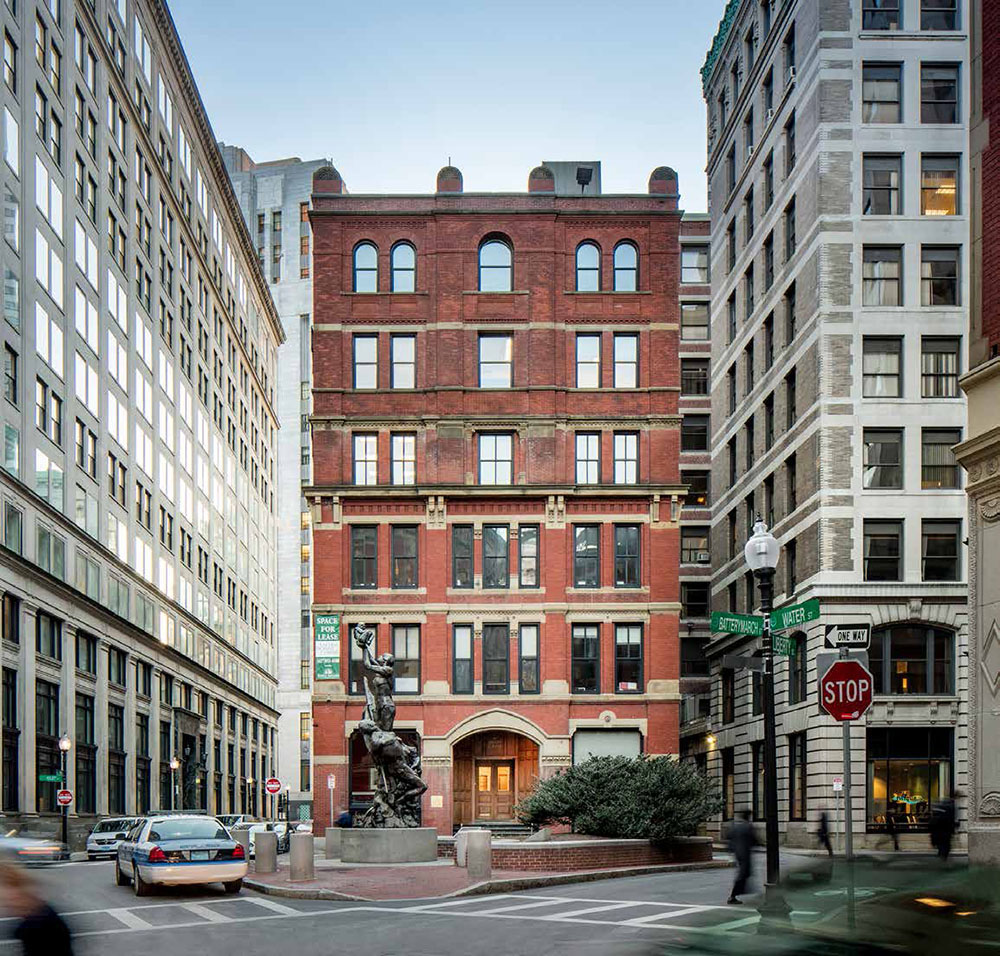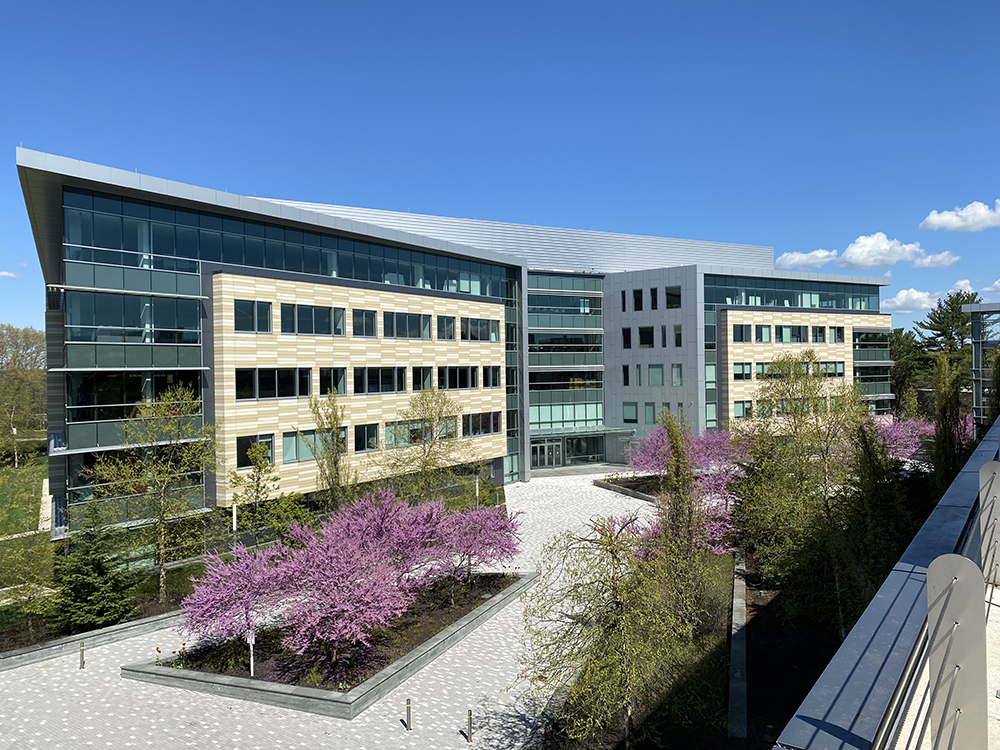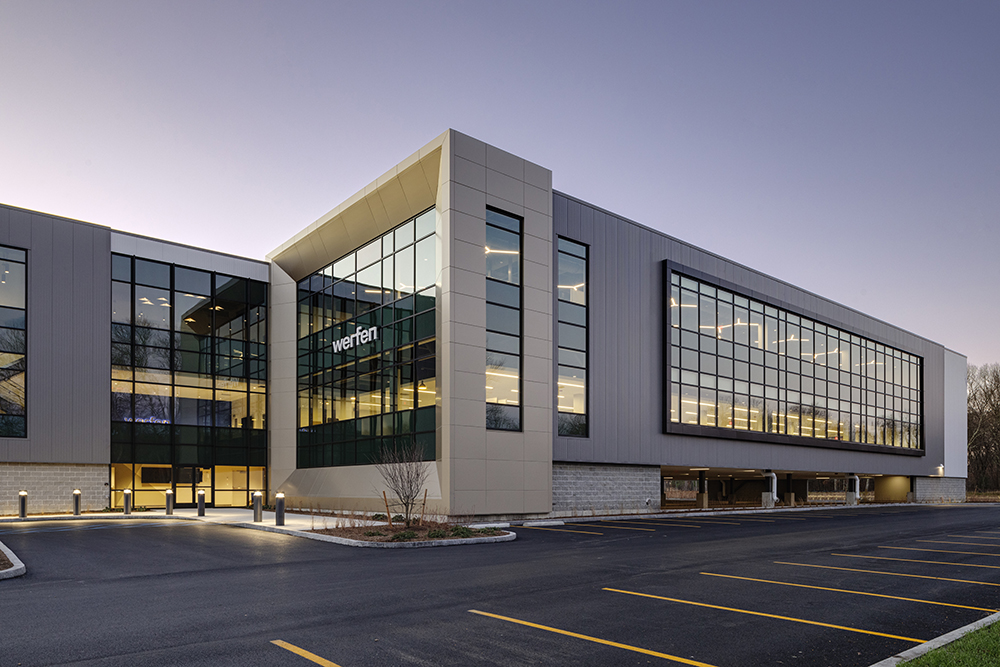Professional liability - An intro to causes of action - by Michael Brangwynne
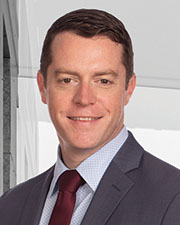
Fletcher Tilton
This is the fifth article in a series on the circumstances that can give rise to a civil lawsuit. Earlier articles in the series can be found on Fletcher Tilton’s website under ARTICLES and on the NEREJ website.
Malpractice, Generally Speaking
In the most recent past installment of this series, we discussed the negligence cause of action, which requires proof:
(1) That the potential defendant in a civil action owed the plaintiff a duty of care;
(2) That the defendant breached that duty by failing to act in a reasonable, careful manner;
(3) That the defendant’s violation of his or her duty of care caused the plaintiff harm; and
(4) That damages were sustained.
A cause of action for professional malpractice is simply the extension of these principles of negligence to individuals who are serving their clients in a professional capacity. While the term “malpractice” is most often associated with professionals in the medical field, all professionals owe to their clients a duty to perform their professional services in a reasonable and careful manner.
The standard of care – or the duty that is owed by professionals to their clients or patients – is the ordinary and reasonable care usually exercised by someone in a particular profession, performing the same type of service, under similar circumstances. This standard applies not only to doctors, but also to lawyers, accountants, architects, engineers and others providing specialized services. Because technology and accepted best practices in a profession are constantly evolving, the standard of care is constantly changing.
If a professional’s conduct falls below the applicable standard of care, he or she may be subject to a claim for malpractice. Unlike a claim for common negligence, it will often be necessary for the plaintiff to obtain an expert opinion on whether there was a violation of the professional standard of care. Because the professional defendant is applying knowledge and skill beyond the experience of an average juror, an expert in the applicable field is necessary to explain, for example, why the surgical procedure used by a surgeon was inappropriate for a particular patient.
The next key inquiry in determining whether a cause of action for malpractice exists is whether the professional’s violation of the standard of care in fact caused the plaintiff’s alleged harm. For example, a property owner may suffer damages in the form of lost profits and other costs associated with a prolonged delay in the completion date of a construction project. If that delay was caused by the architect’s drafting of defective plans, then the owner may be able to assert a claim against the architect for professional malpractice. If, instead, the delays and resulting damages were caused by the general contractor’s failure to properly construct the project in accordance with the plans, then the owner would not have a claim against the architect.
Avoidance of Claims
As with common negligence claims, the best protection for professionals hoping to avoid a claim of malpractice is to perform their services in as careful and reasonable a manner as possible under the circumstances. Because the standard of care evolves as new developments become common practice in an industry, it is important for professionals to stay informed of those new developments and adopt them when appropriate.
Professional liability insurance is also available to protect professionals from financial responsibility for a moment of carelessness that can unfortunately result in substantial harm in many industries.
For individuals or businesses that believe that they may have been provided substandard professional services that resulted in harm, a timely investigation, often with the assistance of legal and expert feedback, can be critical in determining whether in fact a claim for professional malpractice exists.
Michael Brangwynne is a civil litigation attorney at Fletcher Tilton, Boston/Worcester, Mass.
Newmark negotiates sale of 10 Liberty Sq. and 12 Post Office Sq.
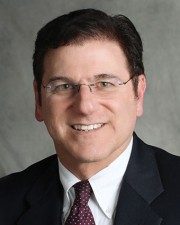
Five ways to ruin a Section 1031 Like-Kind Exchange - by Bill Lopriore

Make PR pop by highlighting unique angles - by Stanley Hurwitz
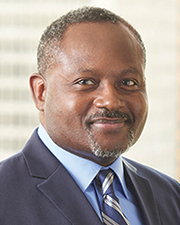
How COVID-19 has impacted office leasing - by Noble Allen and John Sokul



